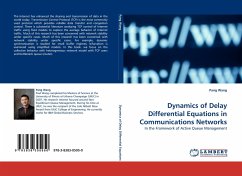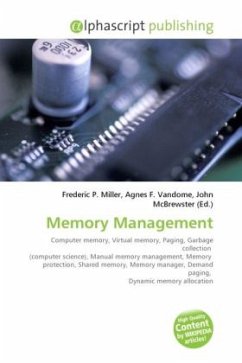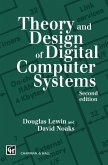Delay line memory was a form of computer memory used on some of the earliest digital computers. Like many modern forms of electronic computer memory, delay line memory was a refreshable memory, but as opposed to modern random- access memory, delay line memory was serial-access. In the earliest forms of delay line memory, information introduced to the memory in the form of electric pulses was transduced into mechanical waves that propagated relatively slowly through a medium, such as a cylinder filled with a liquid like mercury, or a magnetostrictive coil, or a piezoelectric crystal. The propagation medium could support the propagation of hundreds or thousands of pulses at any one time. Upon reaching the other end of the propagation medium, the waves were re-transduced into electric pulses, amplified, shaped, and reintroduced to the propagation medium at the beginning, thus refreshing the memory. Accessing a desired part of the propagation medium's memory contents required waitingfor the pulses of interest to reach the end of the medium, a wait typically on the order of microseconds.
Bitte wählen Sie Ihr Anliegen aus.
Rechnungen
Retourenschein anfordern
Bestellstatus
Storno








